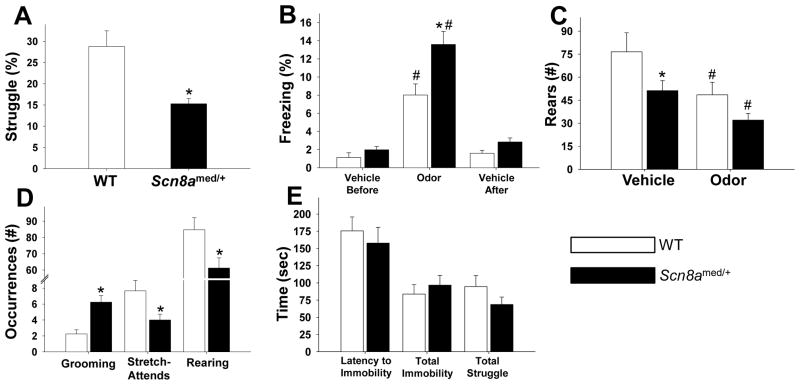Figure 5. Behavior in stressful situations.
(A) Scn8amed/+ mice struggled less in the restraint tubes during the 20-minute period of restraint stress compared to WT littermates: t(12)=3.504, *p<0.01. (B) In response to predator odor exposure, both Scn8amed/+ mice and WT mice showed increased freezing, but the Scn8amed/+ mice froze significantly more than their WT littermates (genotype main effect: F(1,24)=10.447, p<0.01; odor exposure main effect: F(2,48)=88.992, p<0.001; genotype x odor exposure interaction effect: F(2,48)=5.729, p<0.01). *p<0.05 vs. WT within condition and #p<0.05 vs. Vehicle (before and after) within each genotype, Tukey post hoc test. (C) Under control conditions, Scn8amed/+ mice rear less than WT mice, and exposure to predator odor significantly reduces rearing in both genotypes (odor exposure main effect: F(1,24)=21.454, p<0.001); trend for genotype main effect: F(1,24)=3.803, p=0.063). *p<0.05 vs. WT within condition and #p<0.05 vs. Vehicle within genotype, Tukey post hoc test. (D) In response to novelty exposure, Scn8amed/+ mice show increased grooming and reduced exploratory behaviors (stretch-attends and rearing) compared to their WT littermates (grooming: t(22)=−4.119, *p<0.001; stretch-attends: t(22)=2.454, *p<0.05; rearing: t(22)=2.432, *p<0.05). (E) There were no differences between Scn8amed/+ mice and WT mice in forced swim test measures. Error bars represent SEM. n=7–13 per group.

